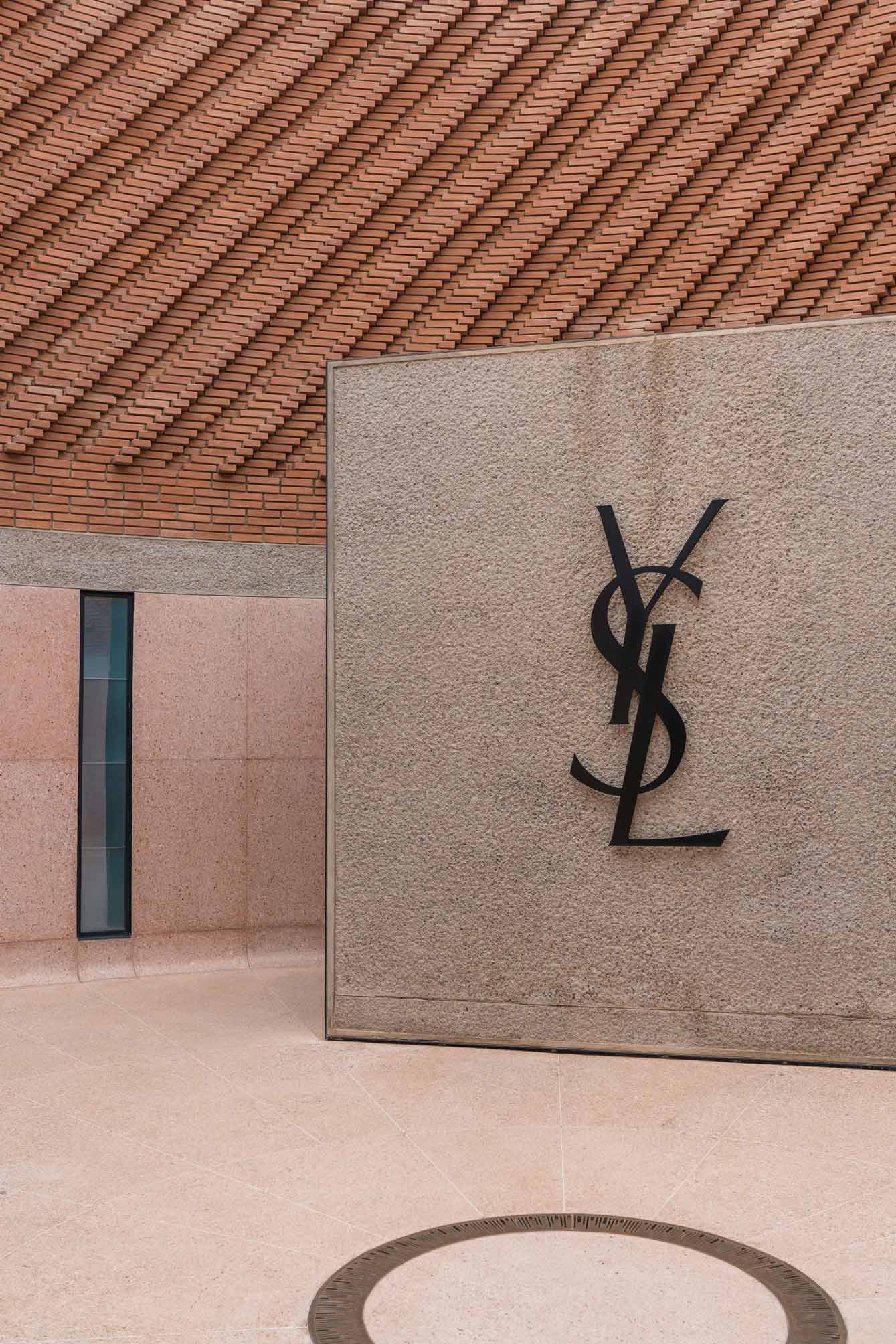
Why is a simplification of brand identity taking place?
In recent years, many luxury brands, especially in the fashion industry, have adopted a significant change in visual identity, simplifying their branding and lightening the weight of their stylistic image. This transition towards a more essential and minimalist corporate representation has prompted several questions and reflections.
Changing to Anticipate Customers' Desires
This simplification was certainly triggered by the desire to attract and maintain the interest of a new generation of customers. In today’s offer-rich landscape, luxury brands have realised that the traditional style identity may not be enough to attract modern consumers. These new customers, culturally more inclined to change and innovation, want to be captivated by engaging and hype experiences in the marketplace. Therefore, changing the brand image has become a strategy to generate anticipation and attention around the brand.
Simplicity to Inspire Confidence
Another important factor is the growing consumer preference for inclusive, honest and authentic brands. The current trend indicates that the luxury ‘snob’ approach is no longer as attractive as it once was. Customers seek a more personal connection with brands, and simplifying identity can communicate a message of greater simplicity and accessibility. This shift can help build trust between the brand and its consumers, showing a willingness to adapt to the expectations and values of today’s audience.
Real Value as a Strength
In the competitive world of fashion and luxury, the distinguishing factor is no longer just the aesthetics or style of the brand, but rather the quality of the products offered. Awareness of the value of purchased goods is becoming increasingly relevant for consumers. Brands, therefore, are adopting strategies to highlight the authenticity and quality of their products, embracing a narrative focused on sustainability and real brand values. This shift in perspective is pushing brands to put elaborate graphic identity on the back burner and focus on communication more focused on the intrinsic quality of products.
Digital Reliability Factor
In the digital age where most purchases are made online, a brand’s corporate identity has become the first impression for many consumers. A professional and clean logo can convey a sense of reliability and competence, fostering the trust of potential customers. Furthermore, simplifying the visual identity can ensure better readability of the logo, especially on mobile devices, contributing to greater recognisability and memorability.
The vision of MM Company
The evolution towards a simplified identity for luxury brands is the result of a mix of factors, including adaptation to modern customer preferences, the aspiration to communicate authentic values and the need to be reliable and visible in a digital context. While this trend may cause disappointment among loyal brand advocates, it is important to recognise that the luxury world is constantly evolving to meet changing consumer expectations. The challenge for luxury brands, which at MM Company we try to address in every project, lies in balancing innovation and modernisation with respect for their brand heritage and deep identity. Without revolutions, but with evolutions.